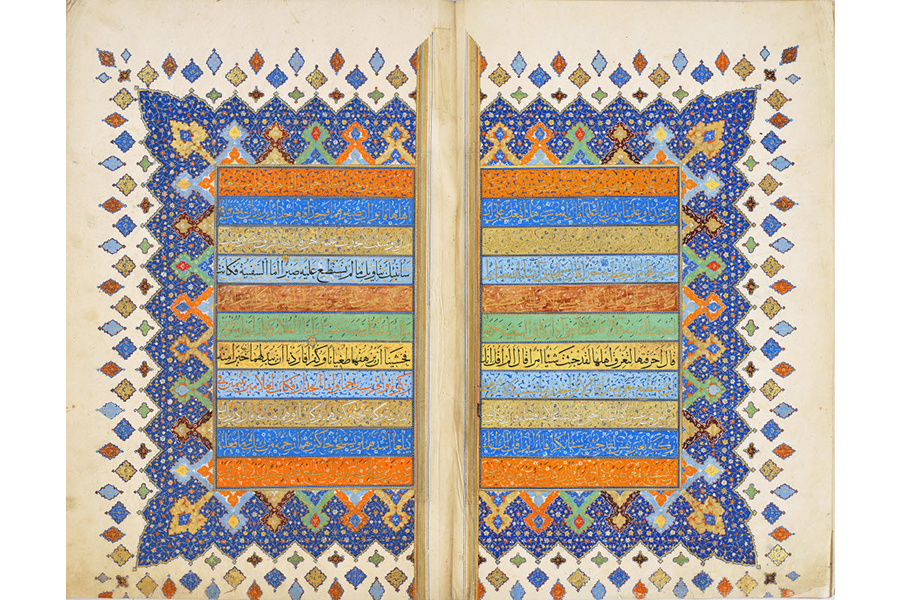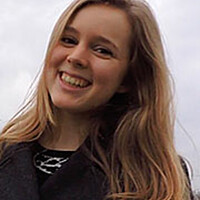Smithsonian to hold first-ever major Quran exhibit in United States
Loading...
The Quran will be the centerpiece of an American art exhibit for the first time this fall, when the Smithsonian will feature beautifully decorated manuscripts of Islam’s central religious text.
“The Art of the Qur'an: Treasures from the Museum of Turkish and Islamic Arts” will display 48 manuscripts and folios that span a millennium, from the 7th to the 17th century, and demonstrate a staggering variety of calligraphy and illumination styles.
The Smithsonian's Arthur M. Sackler Gallery announced Tuesday that the exhibit will run from October 15 to February 20, 2017, opening in the final weeks of the presidential campaign. At a time when Islam and the Quran are often referenced in political debate in relation to terrorism, museum curators believe the exhibit will inspire discussion of the book's artistic and historical value.
The show is an opportunity for Americans to see Qurans up-close and “reflect on their own assumptions,” Julian Raby, director of the Sackler and Freer Gallery, told the Associated Press. He calls it a “fitting complement” to a 2006 exhibition of early versions of Bibles.
The release yesterday of a Council on American-Islamic Relations (CAIR) report on the rise of Islamophobia across the US may suggest a motivation for the timing of the exhibit. In 2015, according to the report, mosques in the US were targeted with violence or intimidation in 78 recorded incidents, more than triple the numbers from the previous two years.
Also in 2015, Florida and Tennessee modified textbooks to remove Islam’s five pillars from the curriculum of introductory religious courses, due to activist concerns of “indoctrination” and “proselytization,” according to CAIR Executive Director Nihad Awad.
The CAIR report drew attention to the phenomenon of what it calls “Muslim-free” businesses in the US. In one case near Tulsa, Okl., an American Muslim US Army Reserve member was denied patronage at a recreational gun range.
The Smithsonian’s efforts to bridge cultural divides is just one piece of a broader movement also being carried out by some on an individual level. In Cleveland's Little Italy, Ayman Alkayali, a Muslim artist originally from Libya, opened a tea shop called Algebra. Mr. Alkayali told Al Jazeera’s Angelo Merendino that he didn’t hide his Muslim faith, even when it was bad for business, because he wanted his shop to be a place for open and honest discussion.
“This is for people who understand art, multi-culture, and handiwork, and people who are comfortable with discussing communism, capitalism, Islam, Judaism, Hinduism, you know," he told Al Jazeera’s Angelo Merendino.
Alkayali says that individuals have the power to counteract anti-Muslim rhetoric through acts of kindness. “The media can sing hatred and war and fear all day long, but it comes down to this, 'What are you doing?' "








